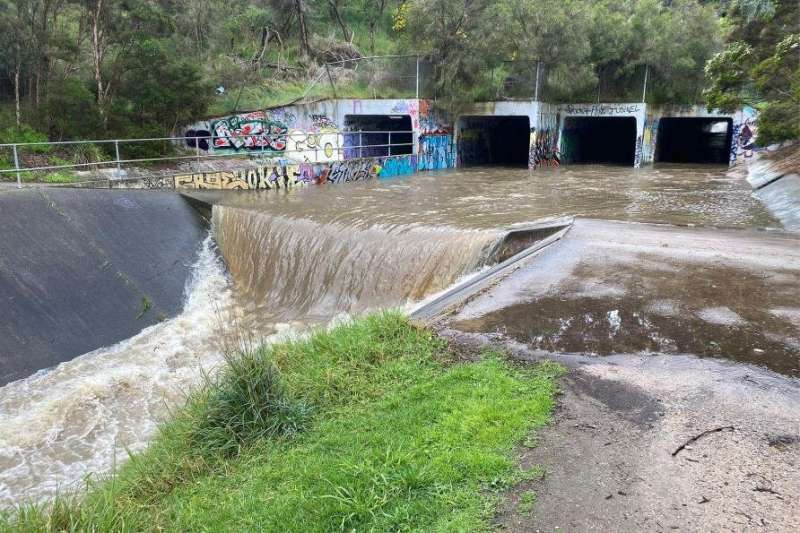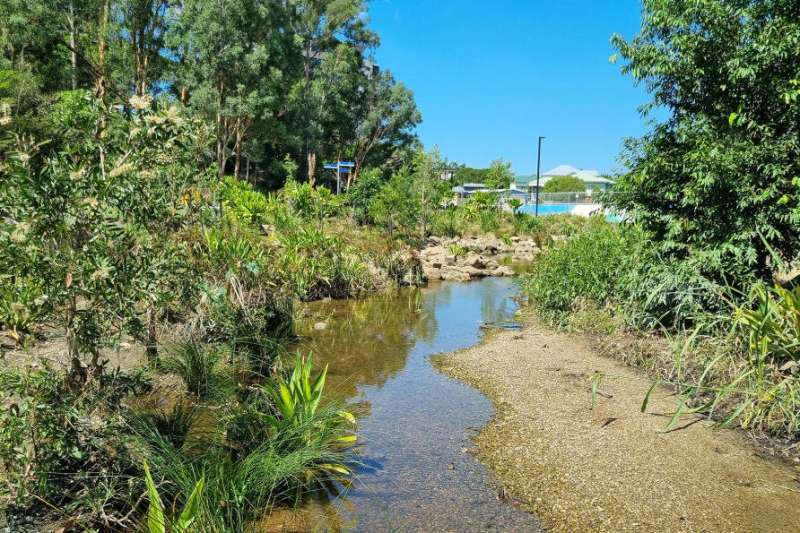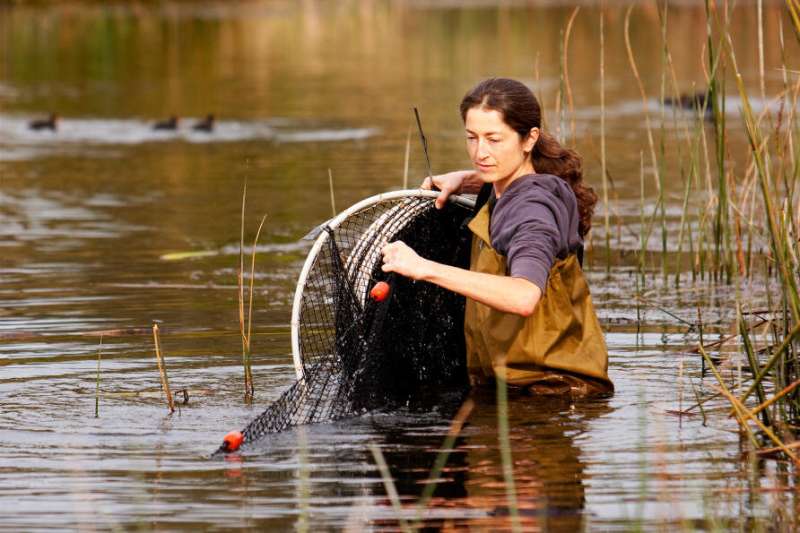We can do more to restore our freshwater ecosystems, says researcher

The United Nations’ Decade on Ecosystem Restoration (2021–2030) calls for accelerated action to prevent, halt and reverse the loss of nature—including freshwater ecosystems like rivers, streams and wetlands.
The Decade aims to build a decentralized global movement to ramp up restoration, by connecting people and organizations across multiple scales. The aim is to improve resourcing, build knowledge and capacity, while empowering marginalized communities and the next generation of ecosystem custodians.
Collaborative, participatory and adaptive nature-based solutions are required to ramp up the restoration of freshwater ecosystems to the necessary scale.
In Australia, like in other western developed nations, adaptive management, community participation and restoration practices have been applied in river and stream management over recent decades.
However, we need to look closely at how embedded those practices are and whether there’s a trend towards more widespread implementation.
Our collaborative team, representing multiple facets of the industry (government, consulting and research) across four Australian states, recently investigated 25 years of research, policy and practice in Australian stream management to work out whether the required shifts are actually happening.
Looking at the papers presented at the Australian Stream Management Conference from 1996-2021, we found some positive trends: contributors are becoming more collaborative and gender representation is improving, and the content is becoming more diverse and interdisciplinary over time.
However, we also found missed opportunities.
There’s a lack of on-ground community participation and adaptive management practices are not fully embedded.
There are clear opportunities for stream management to mature further. Our five recommendations are a call to action for the industry, in Australia and elsewhere, to achieve global goals for ecosystem restoration.
1. Build communities of practice
Collaborative, multi-institutional teams are already working together on river management—a pleasing trend that has emerged over the last 25 years. Institutional and gender representation in these teams has also improved significantly.
The next step is to better include local communities in river management to make it genuinely participative.
Importantly, we need to prioritize the integration of First Peoples’ traditional knowledge and practices, and work better across state and national boundaries to learn from each other’s practices, successes and failures.

2. Implement nature-based solutions
Nature-based solutions rely on healthy ecosystems to improve a river’s condition and resilience.
Examples include improving riparian (or streamside) vegetation, allowing space for natural river movement, or using green infrastructure like rain gardens rather than traditional concrete urban drainage systems.
At their most effective, nature-based solutions can provide multiple benefits, including biodiversity, climate resilience and connecting a community to nature.
In our research, we found nature-based solutions are a well-established tool in stream management. Australian stream managers know the importance of understanding and working with river behavior, better managing riparian land and river rehabilitation planning.
However, use of these solutions has not increased over time.
The adoption of nature-based solutions now needs to be accelerated and scaled up.
3. More resources for adaptive management
Adaptive management is all about continuous improvement through vision setting, priority setting, planning, taking action, monitoring, evaluating and feeding back results to inform future actions. It’s about learning by doing.
There has been good progress on implementing elements of the adaptive management cycle, like the use of monitoring, evaluation and reporting frameworks, and adaptive planning processes. However, more emphasis is needed on other parts of the cycle, including vision setting, prioritization and adjusting.
This requires better resourcing for these processes within organizations that manage waterways—and a willingness to adjust where current practices are failing.
In the conference papers we analyzed, we found a bias towards celebrating success over examining failure. When opportunities to share knowledge (like at conferences) are also seen as opportunities to advertise one’s skill or knowledge, that bias is hard to avoid.
However, the full embedding of adaptive management requires us to take the shame out of failure and openly share what has and hasn’t worked.
We see promising signs that prioritization practices are changing—for example, Melbourne Water’s Healthy Waterways Strategy now guides robust prioritization of interventions into stream health. But we now need rapid industry-wide adoption of prioritization frameworks across the country.

4. Better preservation and use of existing knowledge
Institutions evolve quickly, and the institutional makeup of the river management industry has changed—for example, there’s now more outsourcing to private consultants.
We are better at cross-institutional collaboration but without strategies to preserve institutional knowledge, we risk losing valuable time relearning what has already been discovered.
We need stability, transparency, good governance and stewardship of data and reports, along with sufficient resources to help with knowledge transfer at times of institutional change.
5. Greater industry influence on policy
We need more dialogue between policy makers and other players in the industry.
Our analysis found little discussion of policy within the industry, although we did see evidence this kind of discussion is increasing.
An encouraging example is the topic of environmental water reform. In the early 2000s, there was a focus on environmental flow science. Policy reform in this area became a hot topic in the late 2000s, largely in response to drought and water overallocation.
We saw signs of water management evolving alongside policy, with an emphasis on adaptive management of environmental water emerging in the 2010s to the present.
We need similar maturation and a rapid scaling-up of policy dialogue in other fields of river management.
Australia can lead on global solutions
The UN Decade on Ecosystem Restoration reminds us that now is the time to rapidly scale up collaborative, adaptive and nature-based river management in Australia and around the world.
With the groundwork done over recent decades, the Australian stream management industry is in an ideal position to lead transformative change in how we care for these important ecosystems.
Citation:
We can do more to restore our freshwater ecosystems, says researcher (2023, April 12)
retrieved 12 April 2023
from https://phys.org/news/2023-04-freshwater-ecosystems.html
This document is subject to copyright. Apart from any fair dealing for the purpose of private study or research, no
part may be reproduced without the written permission. The content is provided for information purposes only.
For all the latest Science News Click Here
For the latest news and updates, follow us on Google News.

